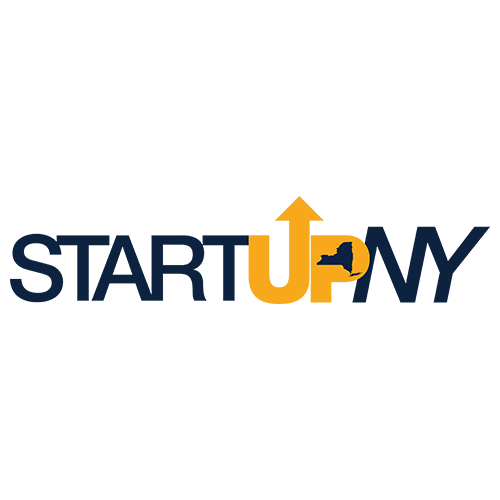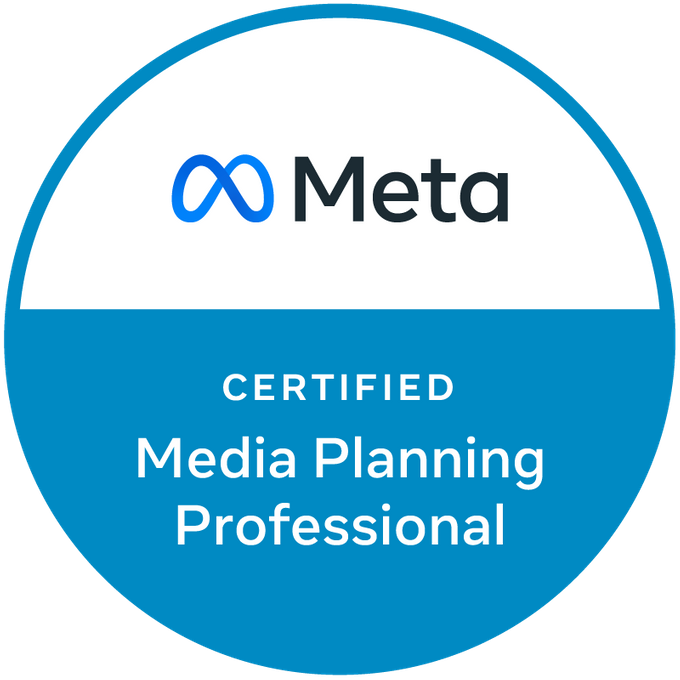So You Want to Learn About the Metaverse?
While mentions of the metaverse may bring about visions of a far-away virtual reality second to our own, the truth of the matter is it’s already here.
The term ‘metaverse’ was first coined by author Neal Stephenson in his 1992 sci-fi classic, Snow Crash. The concepts he put forward have surely inspired what we have today, but in no way could he have imagined how expansive the metaverse would become.
One of the first real versions of the metaverse came in 2003 with the release of the virtual reality simulator
Second Life. It was unique in the fact that there were no objectives, no storylines, and its users played solely to explore a new world and forge new friendships.
Countless titles have built upon the virtual-world concepts seen in Second Life, but none have had more success than Fortnite and Roblox. Bringing in
80 million and
200 million users each month respectively, these brands have transcended video game status and are now seen as the forerunners of the metaverse. By putting the in-game community first and allowing them to shape the content on the platform, they’ve fostered brand new worlds with unique ecosystems, and redefined the term ‘online community.’
If you are unfamiliar with Roblox and Fortnite, the metaverse is still a foreign concept you’ve only associated with Mark Zuckerberg and Meta. However,
their idea for the metaverse is not far off from their video game predecessors. But rather than being a novelty, they hope the metaverse will be the go-to place for work, social events, education, commerce, and everything else.
This is where most people get lost.
Attempting to picture a future being controlled by a new abstract technology is overwhelming and too much to process at once. For example, if you were to go back to 2005 and tell someone that touchscreen phones would control every aspect of our day to day living, they’d probably take you to be a delusional optimist.
Given how integrated the metaverse is with the internet and our current technologies, mainstream audiences are also failing to grasp what is so unique about it. In its current state, the metaverse largely is just an extension of the internet and another tool to connect virtually. These advancements in the work and personal setting are nothing new, yet the metaverse is being hallmarked as the next great step in human communication.
There are many reasons behind this, but it’s most deep rooted in our overreaching expectations for the metaverse being in conflict with the limitations of our current technologies. Zuckerberg and many other leaders of the industry have said we are
5-10 years away from the metaverse truly being realized, yet, he’s advertised a virtual world akin to that of
Ready Player One. In Zuckerberg’s world, we can attend in-person concerts as a full body hologram with our friends who are actually there. The logistics of this working the way that Zuckerberg wants may never happen, but new and constantly improving technology such as the
Oculus headset give hope to a promising future.
Given that the metaverse will most likely be a part of our day to day soon enough, the best thing we can do to understand it is to get involved. Online platforms such as
Decentraland, Roblox, and Fortnite are free to join, accessible through your computer, and in their beginning stages. While the barrier to entry may be high due to the technical nature of it all, there is an extremely active and passionate
community offering resources and willing to help.
By learning more about the metaverse and becoming more involved, opportunities to succeed professionally and personally will come easier. As a marketer, the metaverse is perhaps the best opportunity to make strong and meaningful connections with younger audiences. This intimate level of marketing is becoming increasingly more attractive to a generation who have mindlessly scrolled on social media for over a decade.
Many brands have already collaborated with these platforms within the metaverse to
create customizable avatar pieces, sponsor in-game events, and contribute to the ever-growing VR Ecosystem.
Embracing the metaverse may be challenging today, but taking on that challenge will reap long-term benefits tomorrow.
















